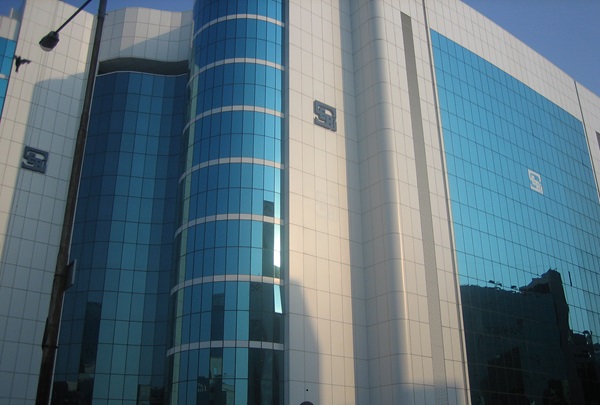.png)

Chandrika Soyantar is Founding Partner at Amarisa Capital. An investment banker with over three decades experience, she has managed the entire range of investment banking services
October 3, 2025 at 11:50 AM IST
India’s capital markets are at an inflection point. The Initial Public Offering market is booming, and marquee issues such as Tata Capital and LG Electronics are drawing intense attention. Alongside this public activity, an informal parallel market has flourished. Unlisted company shares now change hands in grey markets at steep premiums long before their IPOs.
Companies like National Securities Depository, HDB Financial Services and Tata Capital have seen vigorous unofficial secondary trading at very high valuations. These trades often set unrealistic expectations. When these companies finally list, they typically choose issue prices well below the inflated grey market levels. If the listing price falls below the issue price, investors face a double blow. These distortions undermine confidence in price discovery and leave investors disillusioned.
Recent IPOs illustrate the shifting mood. Grey market premiums have been modest, signalling that investors no longer expect strong listing gains. This caution comes just as multiple large IPOs are lined up for early October. Demand for liquidity is intense, yet the existing market structure does not fully meet this need.
Domestic investors now play a crucial role in supporting market momentum. Monthly SIP inflows have crossed ₹200 billion. Net equity inflows represent a large pool of impatient capital seeking opportunities beyond the mainline indices. NSE alone has about 150,000 public shareholders. They hold around two-thirds of its total equity. With listed markets looking less attractive, much of this demand is shifting to pre-IPO placements and IPO subscriptions.
Another structural trend is unfolding in parallel. In the United States, private companies increasingly remain private for longer. They delay listing on exchanges such as NASDAQ and NYSE. India is beginning to show a similar pattern. High-growth start-ups and mid-sized firms are staying unlisted for years before going public. This longer private phase highlights the need for a regulated secondary trading platform. Such a platform would give employees, early investors and private shareholders better liquidity options.
Alternative Investment Funds provide only a partial answer. Category III AIFs allow entry at ₹1 million and can invest in unlisted shares. They offer pooled exposure but are fund structures rather than markets. Investors must wait for fund managers to create exits through IPOs, trade sales or continuation vehicles. Secondary transfers of AIF units are rare and cumbersome. AIFs offer limited liquidity and remain true to their name as alternative options rather than mainstream solutions.
Globally, structured secondary markets for unlisted companies have added significant value. The Nasdaq Private Market, founded in 2013, is a case in point. It offers liquidity, valuation and data services for private companies, employees and investors across the pre-IPO lifecycle. It has handled almost $60 billion in transactions for individual shareholders through more than 775 company-sponsored liquidity programmes. Its clients include over 250 unicorns and well-known companies such as Open AI, SpaceX. It began within Nasdaq and is now an independent company backed by leading financial institutions. It operates through an alternative registered broker-dealer rather than as a stock exchange.
NPM emerged from the JOBS Act's 2012 transformation, which expanded private company shareholder limits from 500 to 2,000, allowing firms to delay IPOs longer. This created liquidity challenges that NPM solved with its institutional marketplace for price discovery and secondary trading. India's regulated pre-IPO market could similarly transform 'Startup India' by replacing grey market chaos with structured transparency.
Regulatory innovation is spreading globally. The UK's Private Intermittent Securities and Capital Exchange System is in sandbox testing and expected to launch in 2025, with London Stock Exchange as the first FCA-approved operator. These international developments underscore the urgency for India's regulator SEBI to explore alternative market models and fashion India's own pre-IPO platform.
The case for a regulated secondary market in India is strong. It would improve price discovery and help close the gap between grey market premiums and IPO valuations. It would give liquidity to employees holding ESOPs. It would allow private equity and venture capital funds to recycle capital more efficiently. It would provide high net worth individuals, family offices, and institutions with a transparent way to invest in India’s unlisted growth story.
India has shown that it can build an innovative capital market infrastructure. SIPs have deepened participation and SME exchanges have widened access. The next logical step is a regulated secondary market for unlisted shares. It could be housed under SEBI or within GIFT City’s IFSC. Such a platform would protect investors, unlock liquidity, and strengthen the IPO ecosystem.
It would also help India consolidate its position as a global capital market hub. India has the tools to build this market. What remains is the will to bring the unlisted world out of the shadows.




